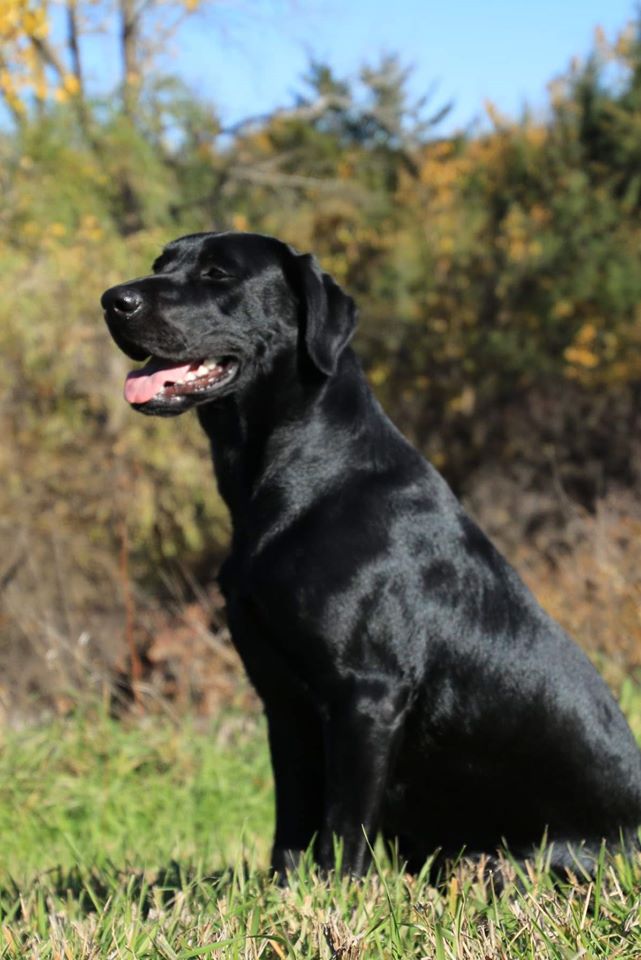
Just like you and I, dogs love warm, sunny weather. To your dog, nice weather means more time spent outside chasing squirrels, longer walks, and plenty of sunbathing in the backyard. Sounds like doggy paradise, doesn’t it?
While it’s great that warm summer weather gives your dog more opportunities to enjoy the outdoors, the high temperatures and humidity put them at an increased risk for heat stroke. As their loving human, it falls to you to protect them from getting too hot, be able to identify the symptoms if they do, and get them back to a safe temperature as soon as possible.
Recognizing Canine Heat Stroke
Heat stroke occurs in a dog when their body temperature exceeds normal. Most experts agree that when canine body temperature reaches 103°F they begin to suffer from heat exhaustion. Any temperature above 106°F is considered the “danger zone” in which heat exhaustion turns into heat stroke and a dog’s organs are at risk of failing.
Symptoms of heat exhaustion or heat stroke in dogs include:
- Excessive panting (panting is how dogs cool themselves, as they don’t sweat)
- Vomiting or diarrhea
- Fatigue
- Bright red tongue and/or gums
- Sunken eyes
- Collapse or convulsions
Treating Canine Heat Stroke
If you notice any of the above symptoms in your dog, you must take steps to cool them down immediately. To prevent a dangerous, sudden drop in temperature you should do your best to cool them quickly, but gradually. Lead your dog into cool water or air conditioning and offer them cold water (but don’t force them to drink it). If they won’t drink, wet their tongue instead. Run a cool compress or cool water from a hose over their body—the paw pads, head, stomach, in between the hind legs, armpits, and ears are the most effective spots.
Take your dog’s temperature with a rectal thermometer continually to check if it’s decreasing. If body temperature does not decrease, and symptoms worsen or persist over the next 10-15 minutes, take them to the vet right away.
Preventing Canine Heat Stroke
As with most illnesses, the best way to treat canine heat stroke is to prevent it. Especially on hot summer days, help keep your dog cool by ensuring they have plenty of cold water to stay hydrated and shade to escape the sun. You should also try to limit the time they spend outside when temperatures are high, bringing them back to the cool indoors before they get too hot (even if they’re not showing symptoms).
Take care not to leave your dog inside the house without air conditioning or a fan and NEVER leave a dog sitting in a hot car for any length of time.
If you’re looking for a new pup to keep cool with this summer, check out the upcoming litters we’re getting ready for over at Lankas Labs! We’ve been breeding and training pointing Labrador puppies for decades who grow into successful hunting partners and beloved family companions alike.
Give us a call at 785-626-9313 to reserve yourself a new best friend today!

